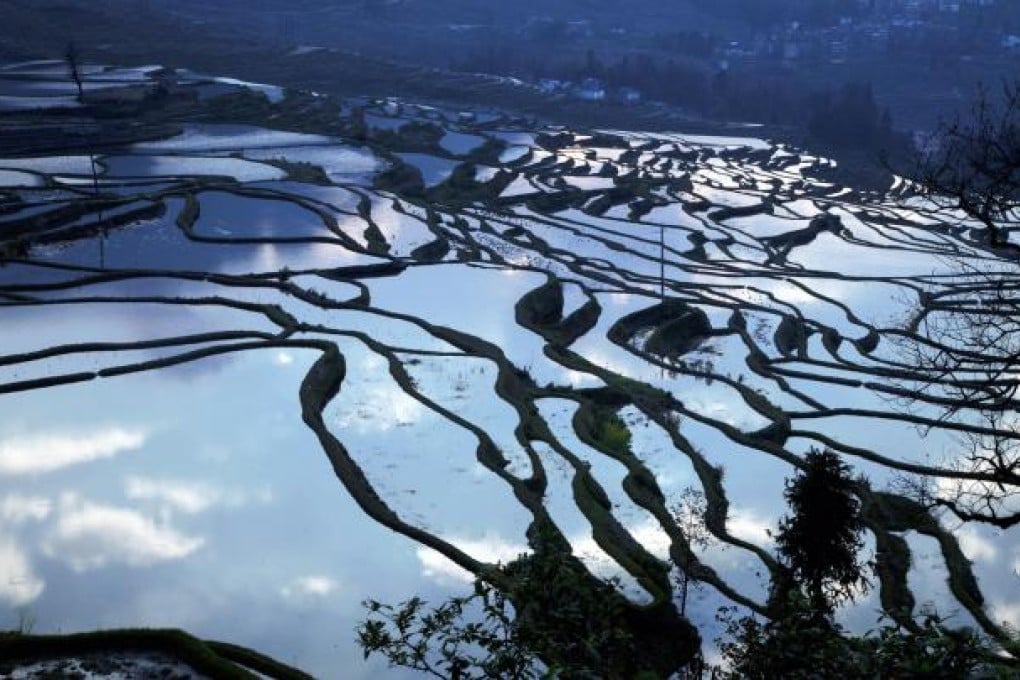Time for reflection
It's best to visit the Hani rice terraces of Yunnan now - before the tourist trickle turns into a flood. Words and pictures by Gary Jones

In May 2009, ran a story headlined "Treasures Without Tourists". The article focused on three relatively ignored "gems" in Yunnan province. It advised: "To see some of the most spectacular spots on Earth before the tour buses arrive, visit the sites being considered for World Heritage designation."
The story kicked off with the Hani rice terraces in Yuanyang county, which is not far from China's border with Vietnam.
Covering 130 square kilometres or so, the hundreds of thousands - perhaps millions - of terraces stack up, physically as well as numerically, on the slopes of the Ailao Mountains. Together, they create one of the most mind-blowing landscapes on our planet. Viewed from on high, Yuanyang's asymmetrical rice terraces - some as large as a playing field, others no bigger than a casually thrown bed sheet, and all individually defined by their contrasting, curving walls of compacted mud - slot together to resemble a gargantuan jigsaw puzzle or a colossal abstract painting. When the light is right, the water-filled ter-races reflect the sky, each becoming a lozenge-like panel in a mighty and swirling stained-glass window.
The State Administration of Cultural Heritage submitted the Hani Rice Terraces to the United Nations for World Heritage consideration in 2008, hoping they would be endorsed as what Unesco calls "irreplaceable sources of life and inspiration". However, the terraces are still awaiting the nod. Recognition will eventually come, no doubt, but one wonders if that will be a good thing.
The Hani are one of the mainland's 55 officially recognised ethnic-minority groups. It's said they first visited the Yuanyang area around the third-century AD (nobody seems to know with any accuracy), having migrated southwards from the Qinghai-Tibetan plateau. The Hani were impressed by what they discovered - fertile land, ample water, a mild climate - and chose to hang around.
More than 1,000 years ago, the Hani began, communally, laboriously and by hand, to hack out the stepped rice terraces that have been maintained, extended, refined and cultivated ever since. The terraces climb from elevations of about 500 metres to 1,800 metres, sometimes on inclines as steep as 70 degrees. The hackneyed "stairways to heaven" description is extremely fitting.
